The weeks leading up to the release of the Payu gibbon family into the wild were very exciting. I knew I had to stay and be apart of it all. At the start of May I had accompanied other volunteers and staff to move the Payu family of 4 from the training cage, where they had been living for the past 3 months, to the acclimatisation cage. In preparation for their release in June.
The training cage
The training cage is about a half an hour walk from the Rehabilitation site. This cage is used for a family of gibbons to get them used to less human interaction and allow them to adapt to the forests sights, sounds and smells. A feeding system had been made to ensure no human contact. Feeding is from the top of the cage, as the majority of their time should be spent in the upper canopy of the forest, away from predators.
Whilst at the rehabilitation site, we always encourage brachiating, which is the use of their arms to swing from branch to branch. Gibbons seen on the ground for long periods of time (which was not the case for this family) would not be ready for release.
- The training cage
- Staff getting ready to get the gibbons into the transporting cages
- Gibbons in the transporting cages
The acclimatisation cage
The day the gibbons were moved to the acclimatisation cage was a very long and strenuous day. It took quite a bit of time to coax the gibbons into their transport cages. They are very smart animals and were wary of what we were trying to do, but the staff were able to do so successfully.
We then transported them from the training cage to the acclimatisation cage through the dense vegetation of the forest. It was hot and humid and the ground was slippery since it had been raining all morning.
- Moving one the gibbons
- The forest terrain is not easy
- Transporting the gibbons
- Resting
Eventually we arrived at the location where the acclimatisation cage had been set up and we released the gibbons into it. The acclimatisation cage is then suspended 20 meters above the forest floor, via a pully system.
The door of the cage is usually kept closed for a minimum of 10 days to allow the gibbons to get used to the area and adapt to their new surroundings, before being released. Food and water are of course provided for them.
This was a special experience for me as its rare to be able to take part in releasing wild animals back into the wild.
- At the acclimitisation cage
- Ready for the acclimitisation cage
- Moving the cage up into the canopy
- The acclimitisation cage
- Providing water for the gibbons
The ceremony
The 7th of June 2007 was the day we had all been waiting for, which was several weeks after the gibbons were placed into the acclimatistaion cage. It was now time for them to be released.
I was very excited to learn that “Animal Planet” was coming to the project to film the release. I watched this channel daily back home, so it was an honour to be around these people.
The governor of Phuket was also coming to the ceremony. I was given the important role of taking care of him. My duties were to show him around the rehabilitation site before the ceremony begun, explain the project and answer any of his questions. I felt very privileged to have been given this responsibility.
The ceremony was all in Thai, which made it hard for us volunteers to understand, but it was fabulous to see so many local people and school children interested in gibbon welfare. The children made art work to be sold to help raise funds for the project, they took part in a skit and there were several speeches and plenty of food, music and dancing too.
- Children part of the ceremony
- Some of the food
- Some of the food
- Childrens art work
- Dancers
- Picture of all involved, just before heading to the forest
The release
By 2pm we were all ready to make the journey into the forest. We had a few important people from the ceremony join us, it was such an exciting time for all involved.
The journey to the cage, took some time, due to the heat and difficult terrain. We took several breaks along the way and were all extremely sweaty!
Eventually the time came when we were all positioned far enough away to not distract or frighten the gibbons and the camera crew were all set up.
- Walking into the forest
- Taking a break
- Sweaty but ready for the release
- Film crew and staff observing the release
The door was then opened and we all watched eager to see the gibbons free. They were curious but hesitant to leave the safety of their cage. The mum was the bravest, she left the cage with her baby tightly clenching onto her. The father and juvenile stayed in the cage, tempted but not as courageous.
We were so emotional seeing this mother have her freedom, the ability to leave the confines of a cage and swing around the forest, the way nature intended. She loved the freedom and continued swinging around so naturally, like she had never left the forest.

Mum and baby free at last
Our joy and excitement was unfortunately short lived. Another released gibbon family was closing in, their territory was larger than originally thought. Since the father and juvenile didn’t come out, the mother and baby wouldn’t have survived an attack without their help.
The staff made the decision to get mother and baby back into the acclimatisation cage. Luckily she saw the other gibbons approaching and retreated straight back into the cage, as it was her safe place.
We were all full of adrenaline, shock and disappointment, but their safety was paramount. It was a bitter sweet moment for sure. The gibbons were locked safely in the acclimatisation cage, high in the canopy, as we left the forest with mixed feelings. It was unfortunate the other gibbons territory had expanded so much, but it was lucky that no fights or injuries occurred.
Over the next few days, staff spent most of their time in the forest marking out the territories of the other family groups more accurately. They needed to make absolute sure there was a safe area this family could be released into.
My time here was over
Since I had already decided to leave the project on June 18th, I knew sadly that I wasn’t going to be able to be a part of the next planned release in August.
On the 16th June, I had my last working day. I was so sad saying goodbye to the gibbons I had bonded with over the last 3 months. I’m such an emotional person, so I couldn’t stop the tears! However I had another adventure to look forward to, I was leaving for Europe in only a matter of days.
The day before my departure I enjoyed the day at the beach in Patong before heading to a bar for a few drinks and some dancing. This was my chance to say goodbye to the wonderful people that I had met, that had taught me so much over the last 3.5 months.
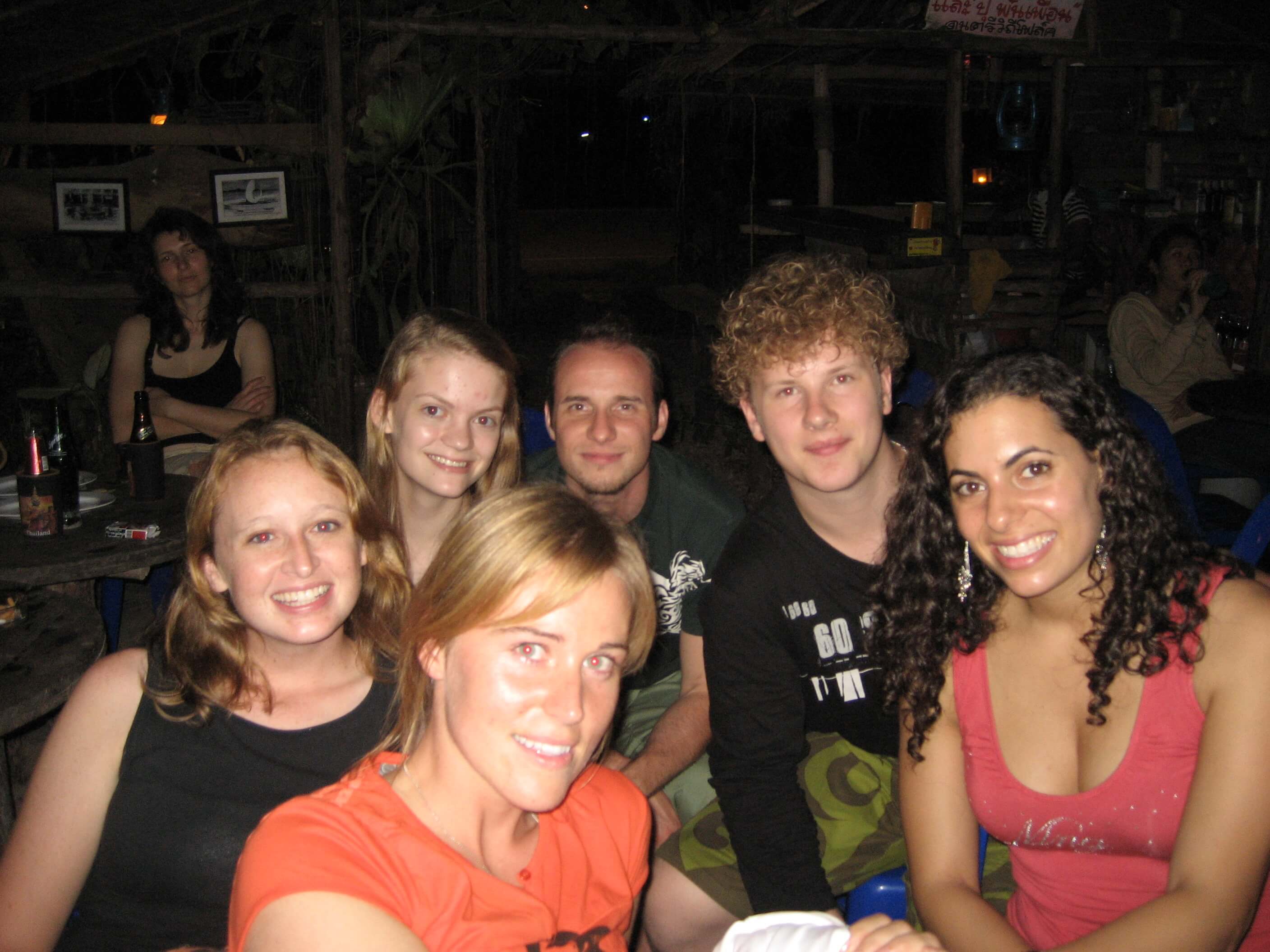
Published article
After completing my time at the Gibbon Rehabilitation Project I was asked whether I would be interested in writing an article for an upcoming book on women who have demonstrated a serious commitment to improving the lives of non-humans animals. I jumped at the chance to tell my story, my experiences and to help spread the word about gibbons and their fight for survival. I am among many other inspiring women who have also told their stories within this book.
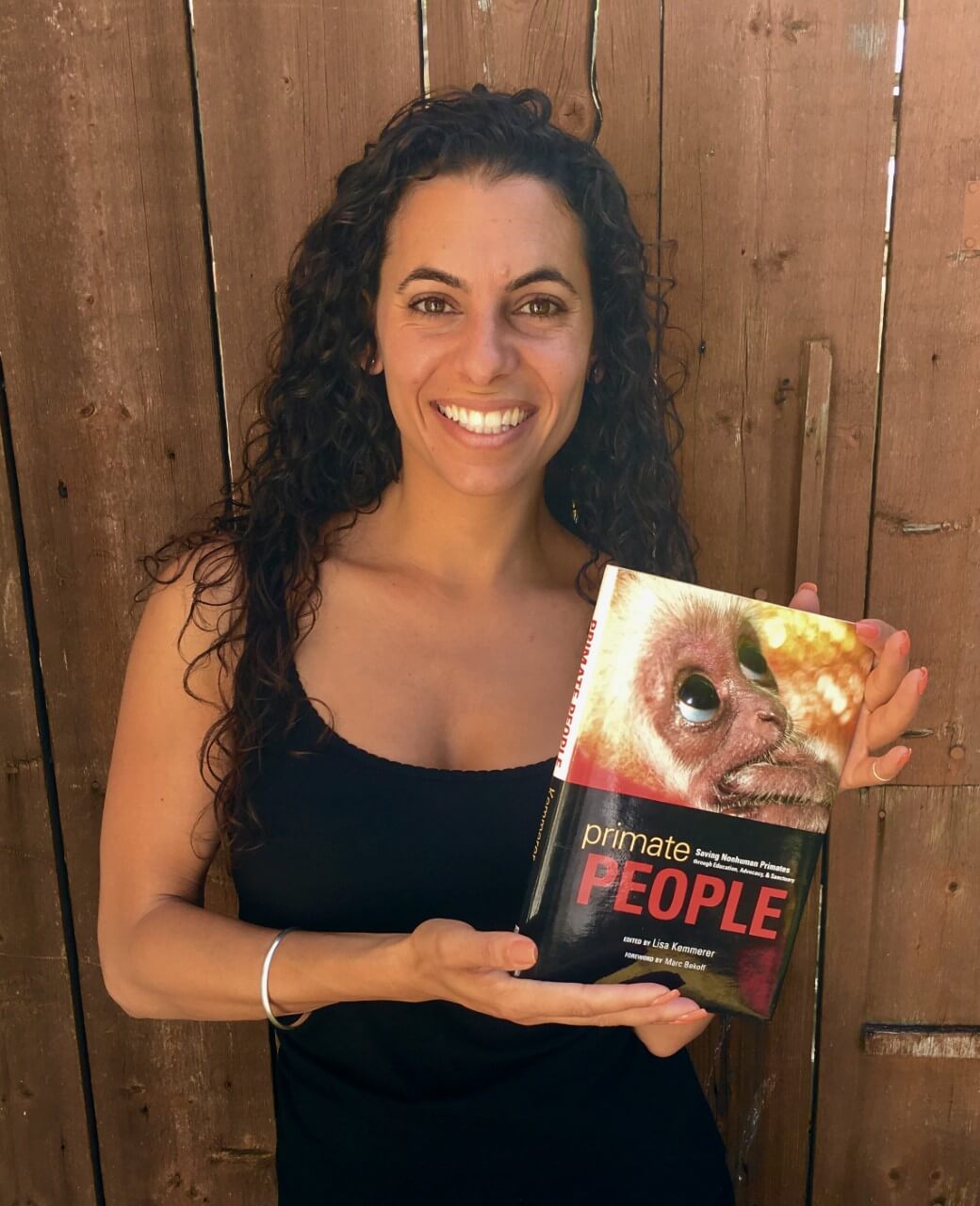
So proud
The book is called Primate People: Saving Nonhuman Primates through Education, Advocacy and Sanctuary.
Thanks for reading!
Please leave a comment about anything you read, or if need any advice. I would love to hear from you.
You can join my community on Instagram and Facebook to keep up to date with what I’m up to around the world! xx
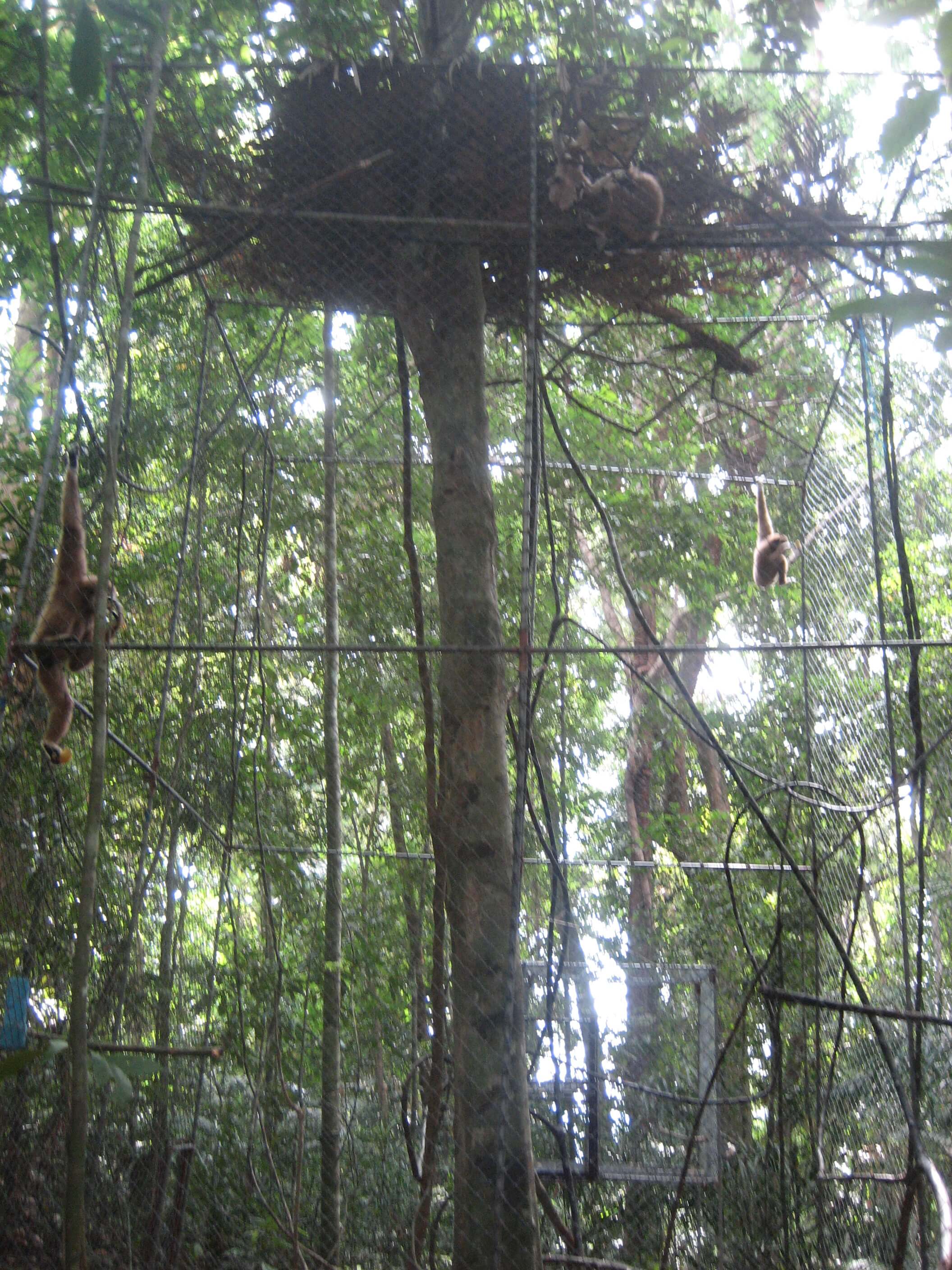
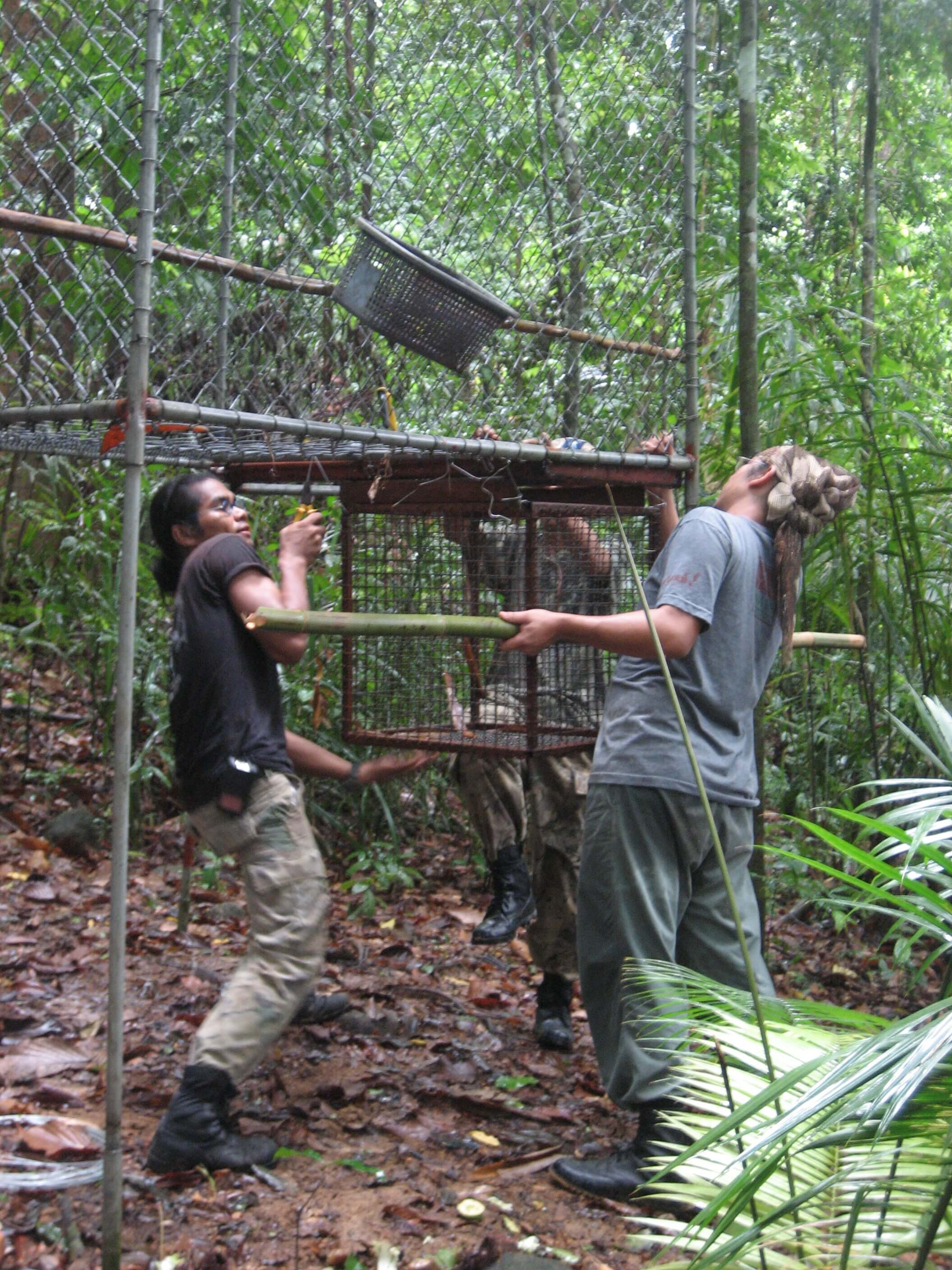
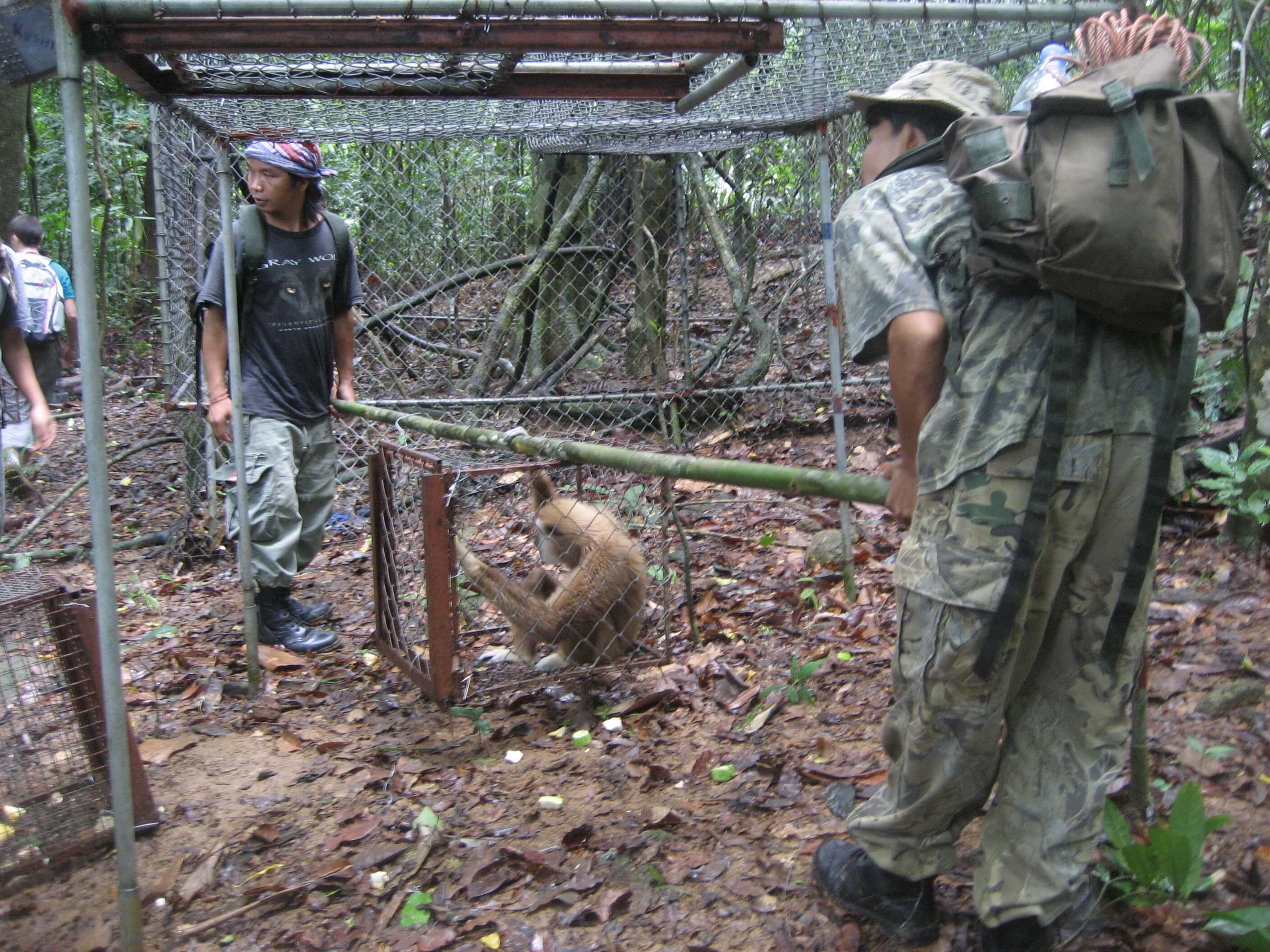
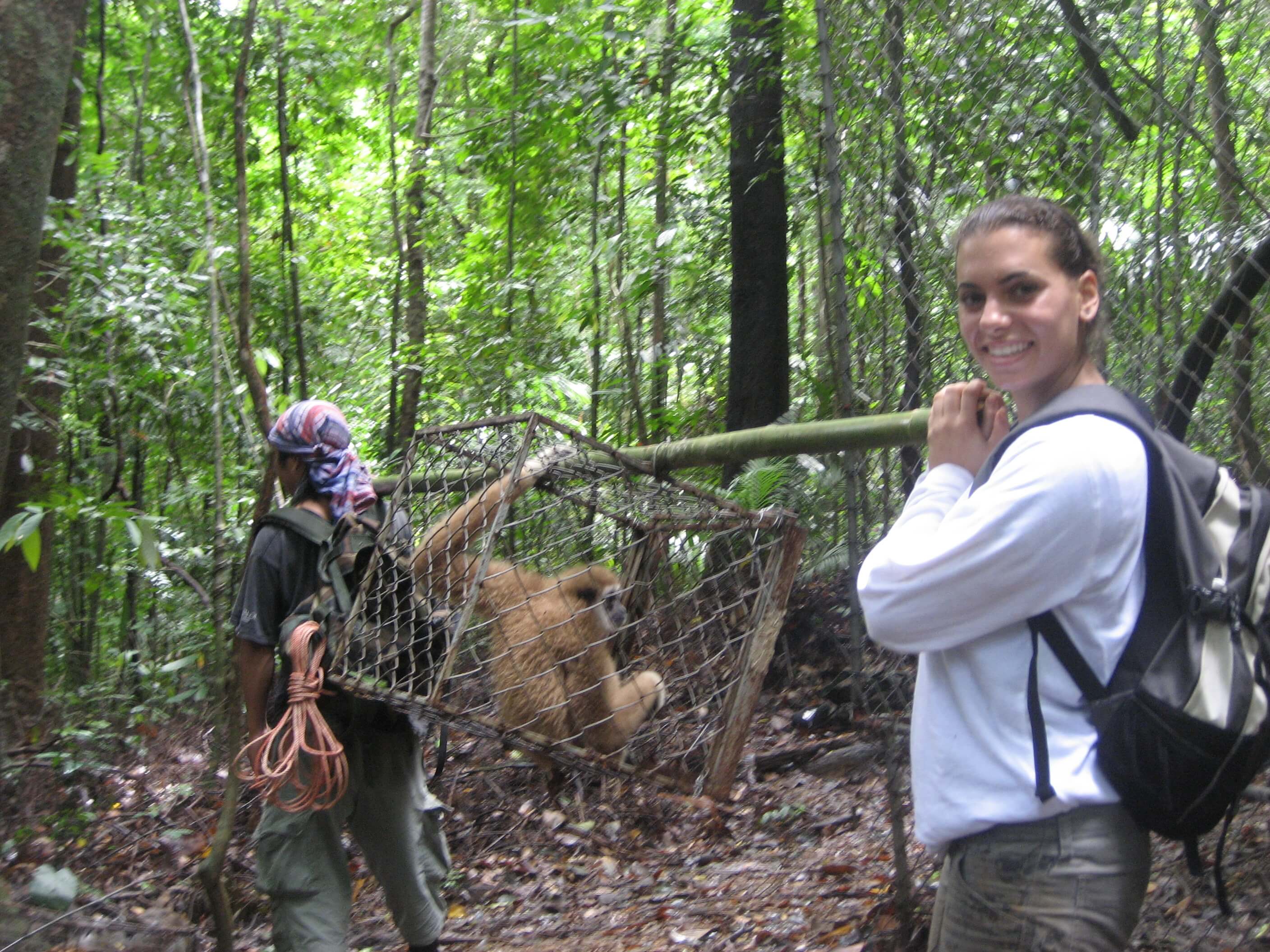

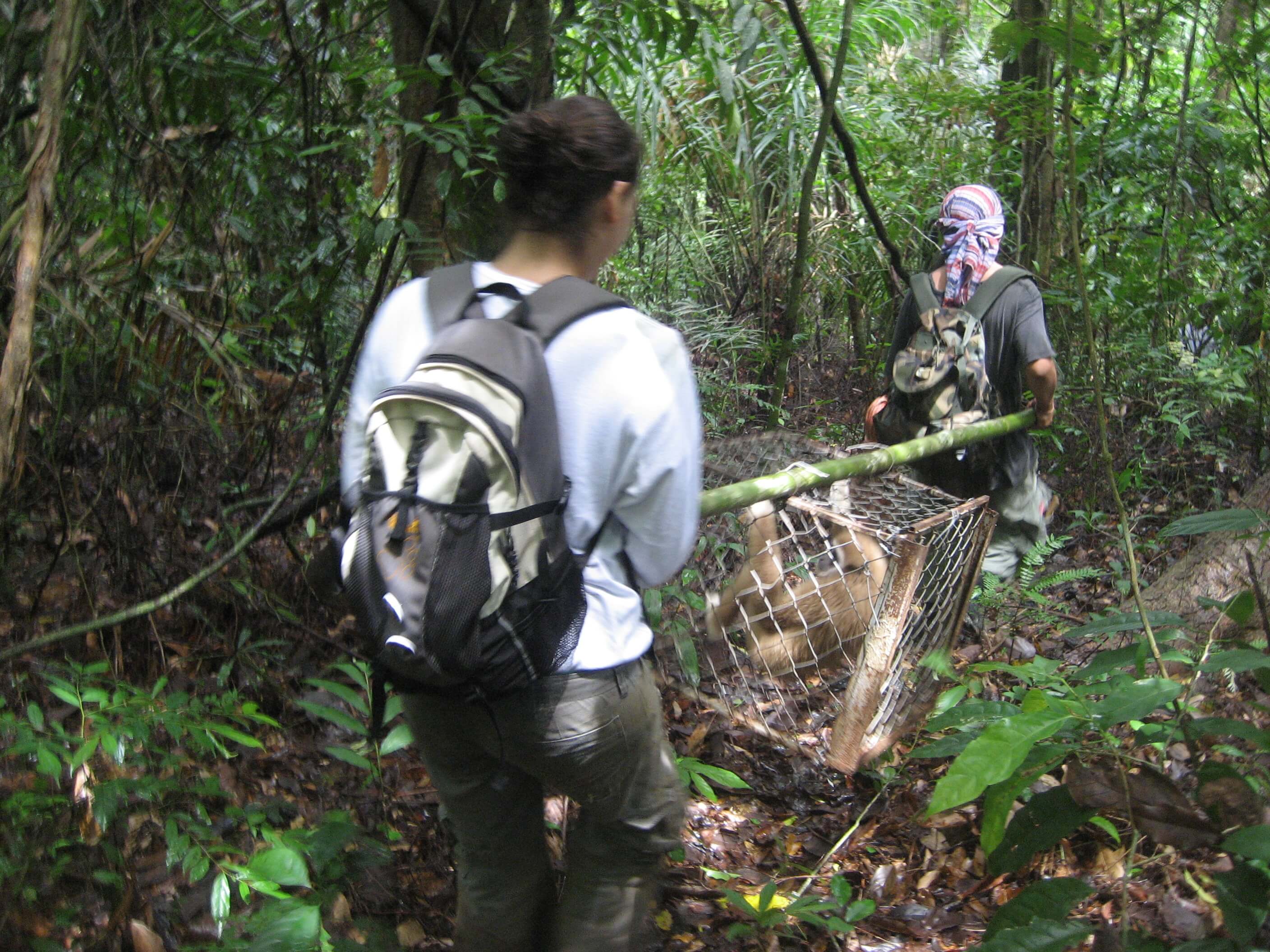
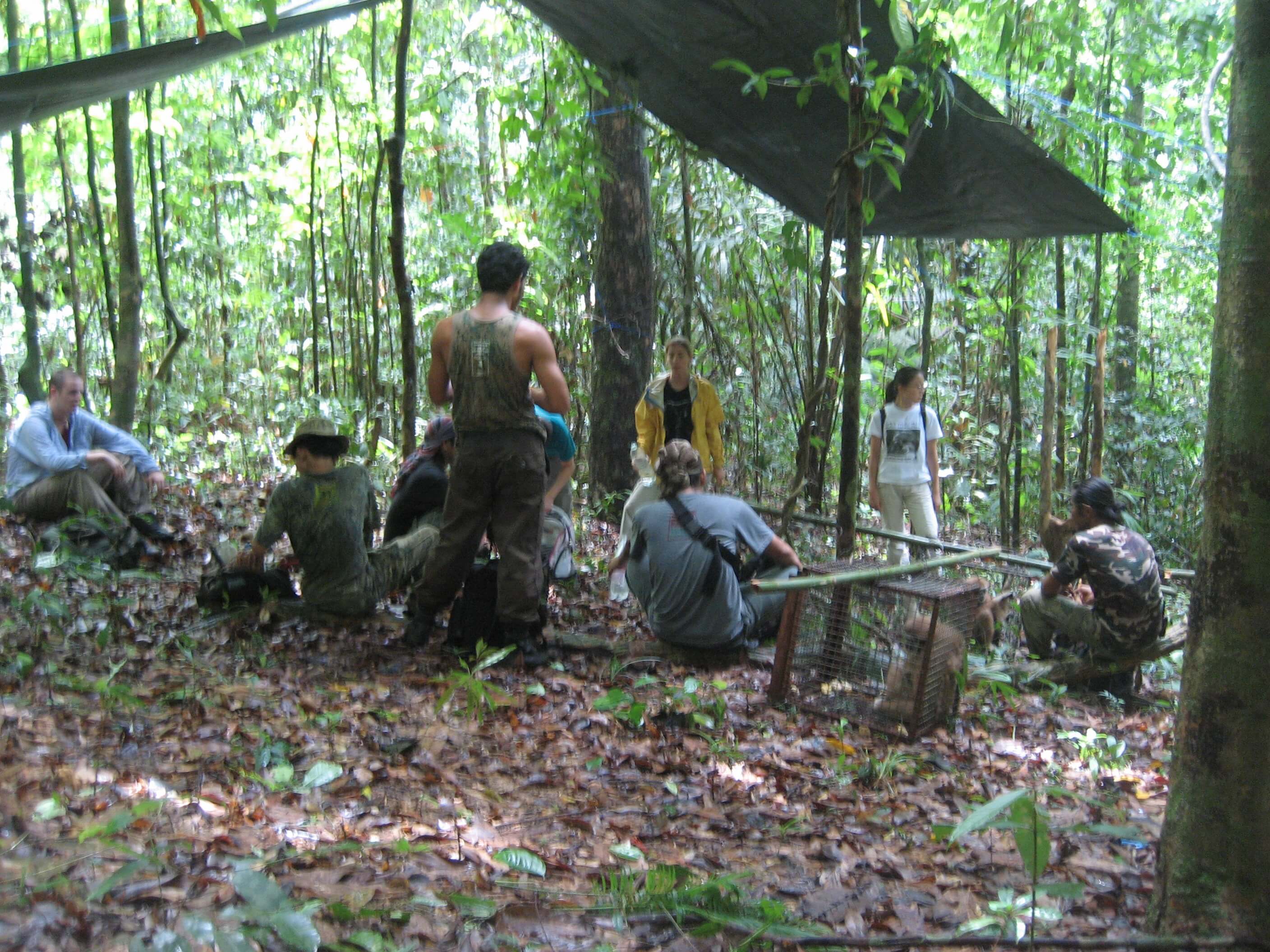
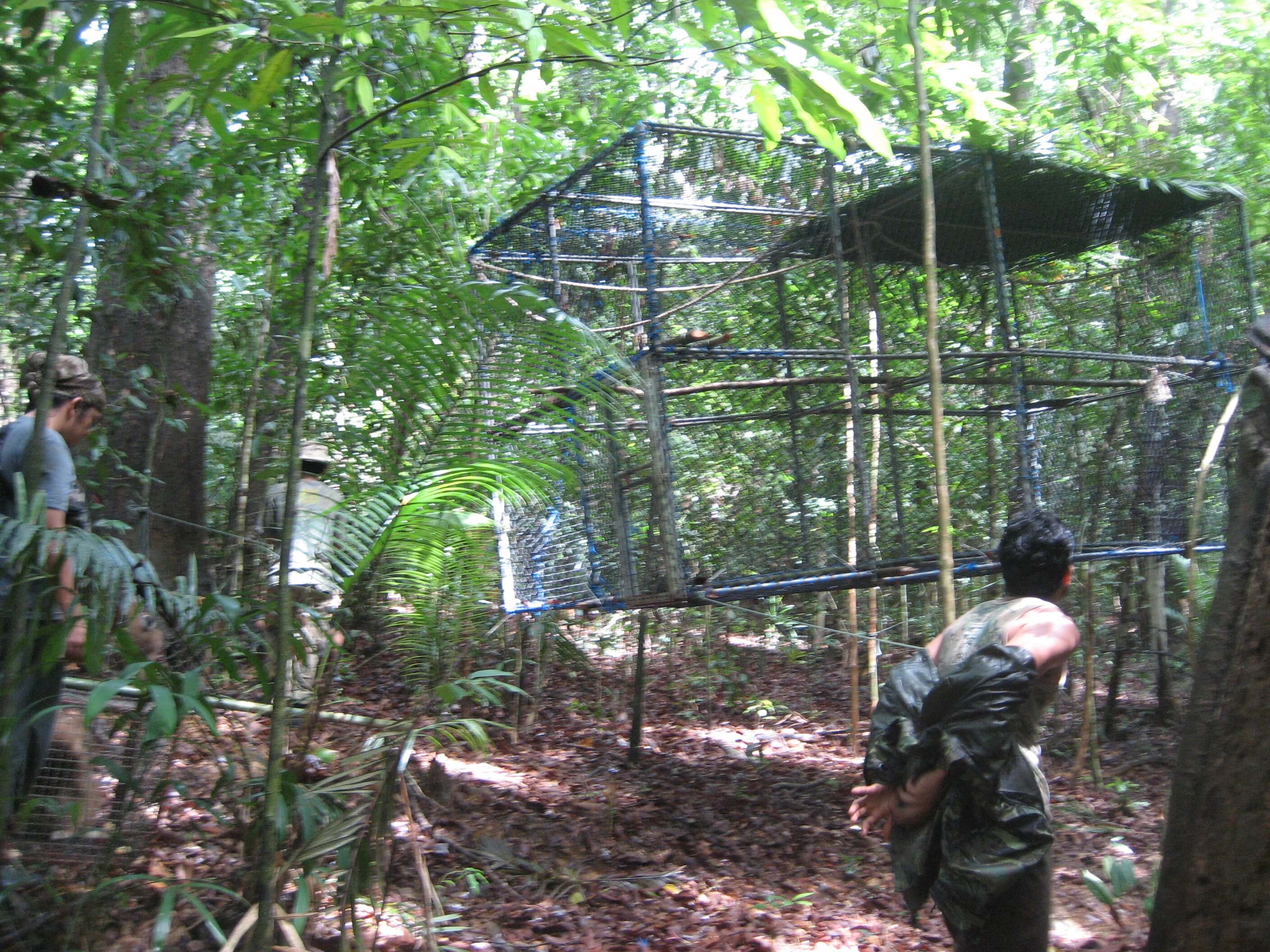
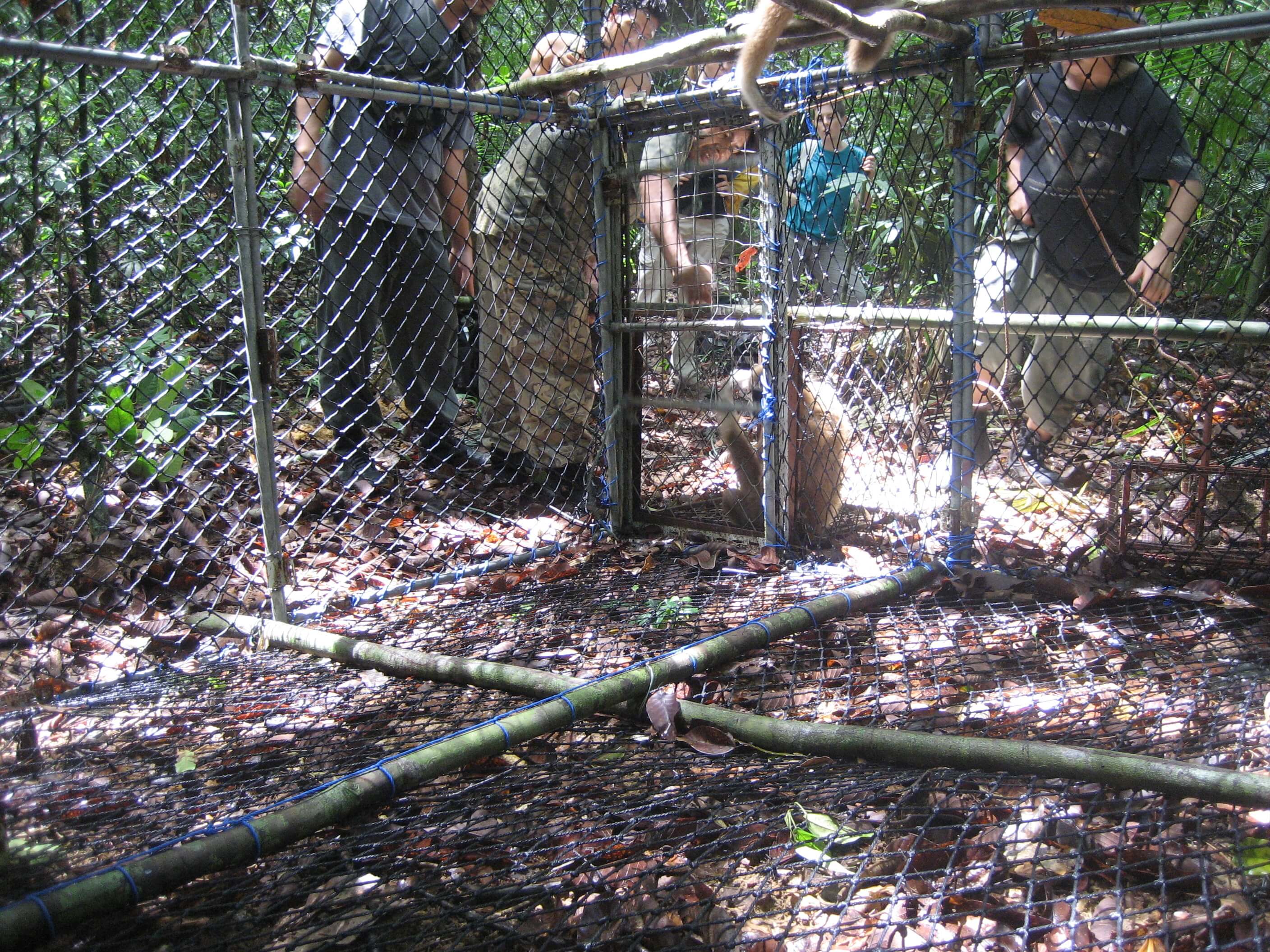
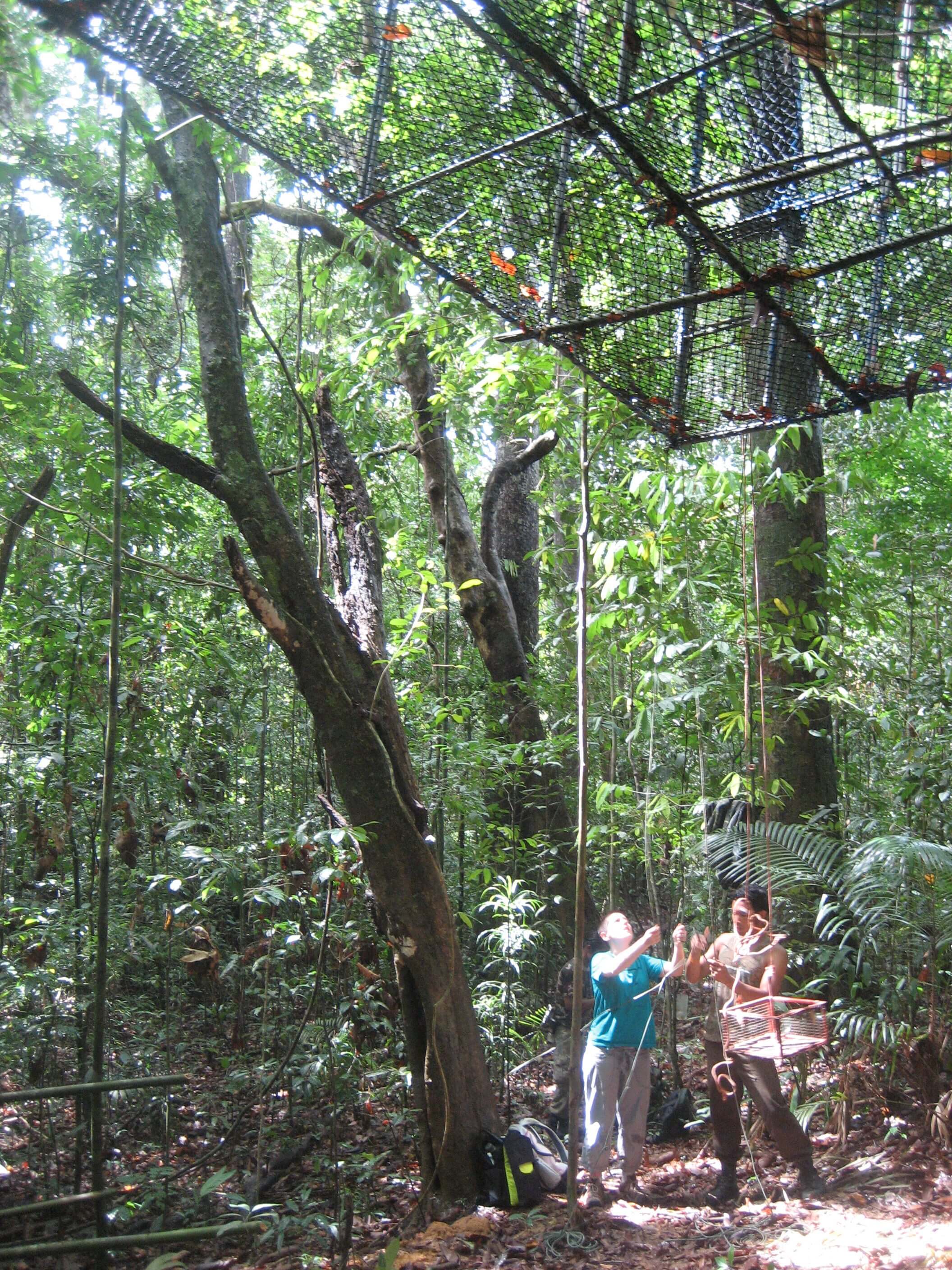
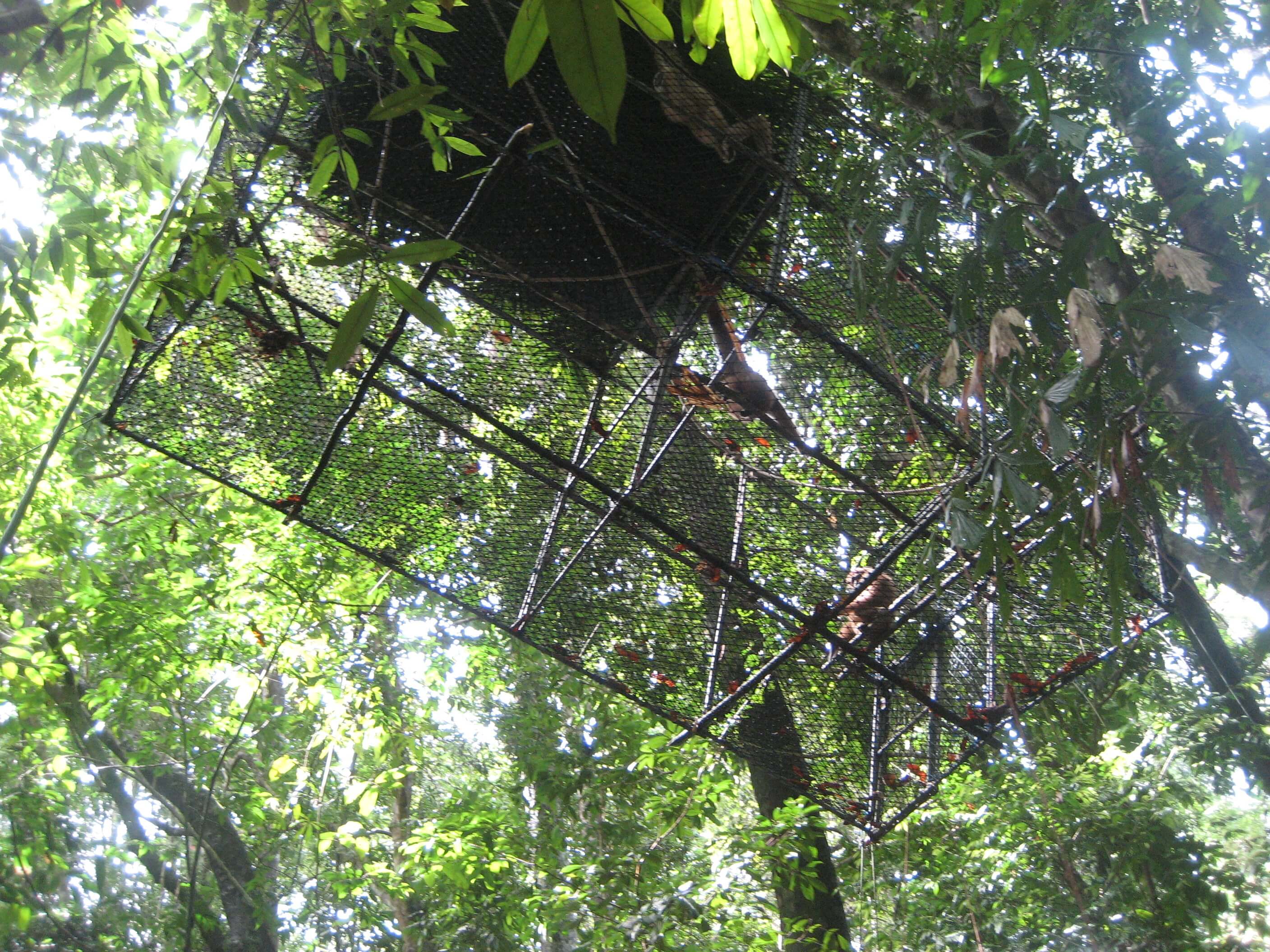
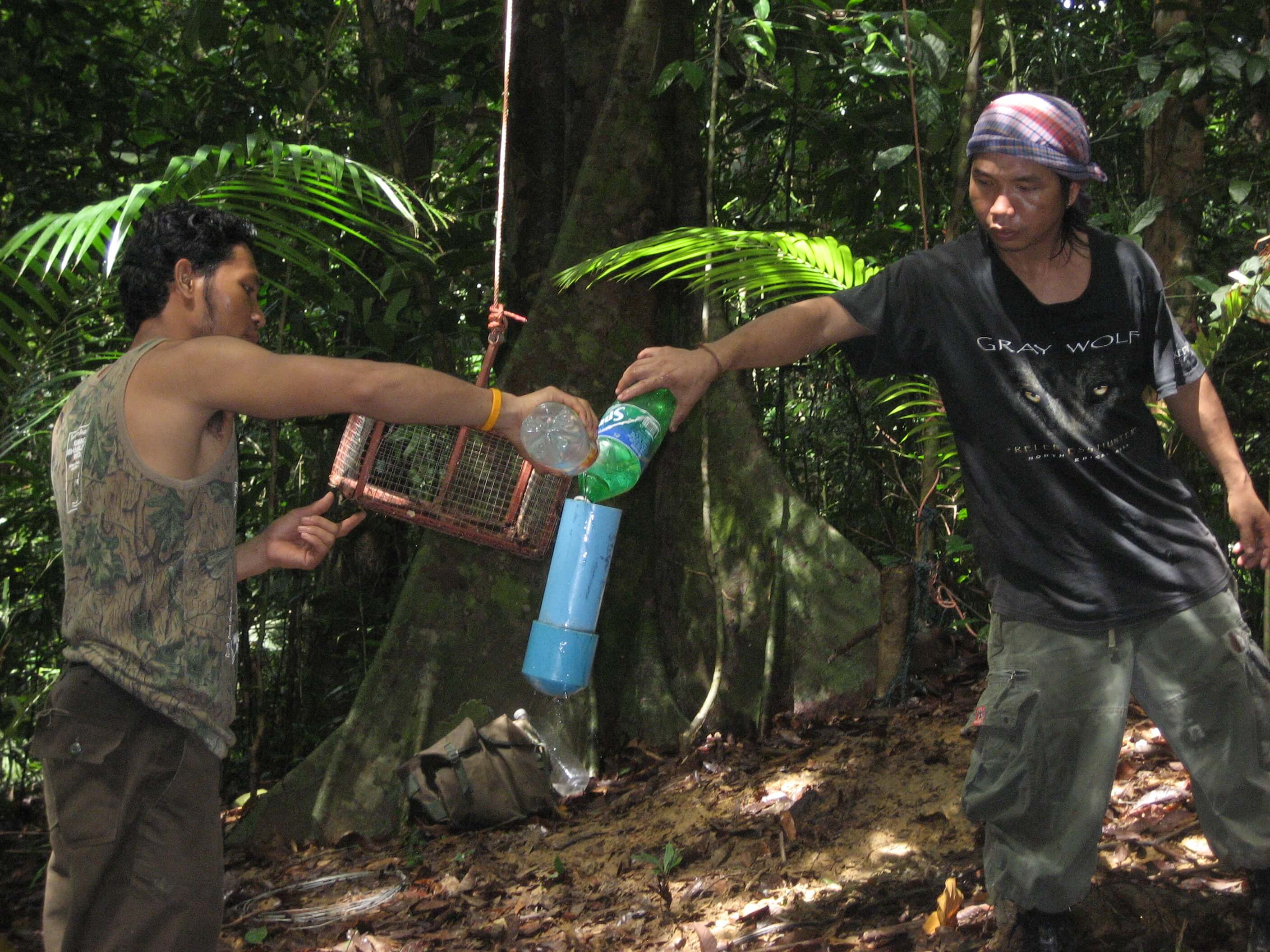
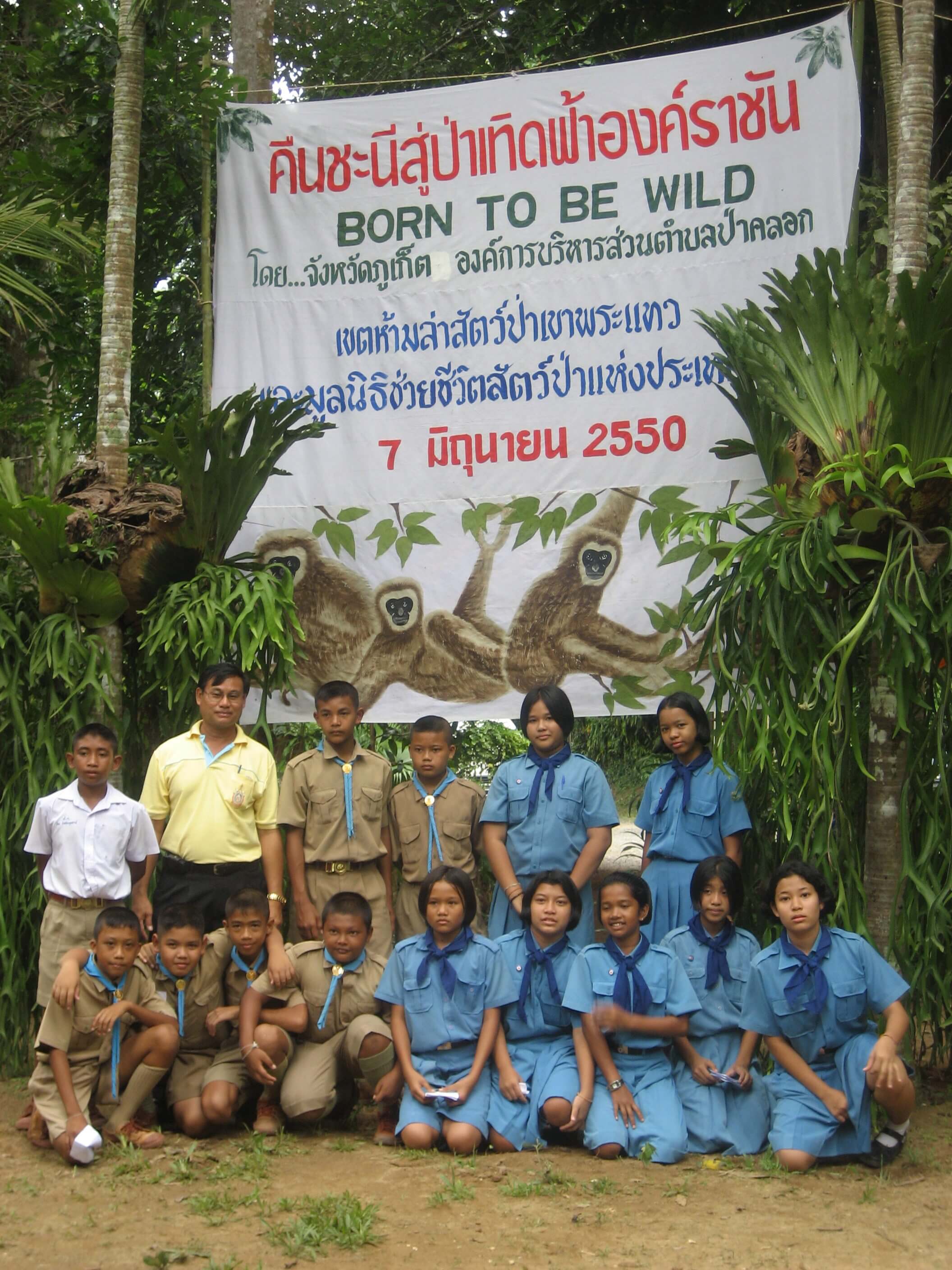
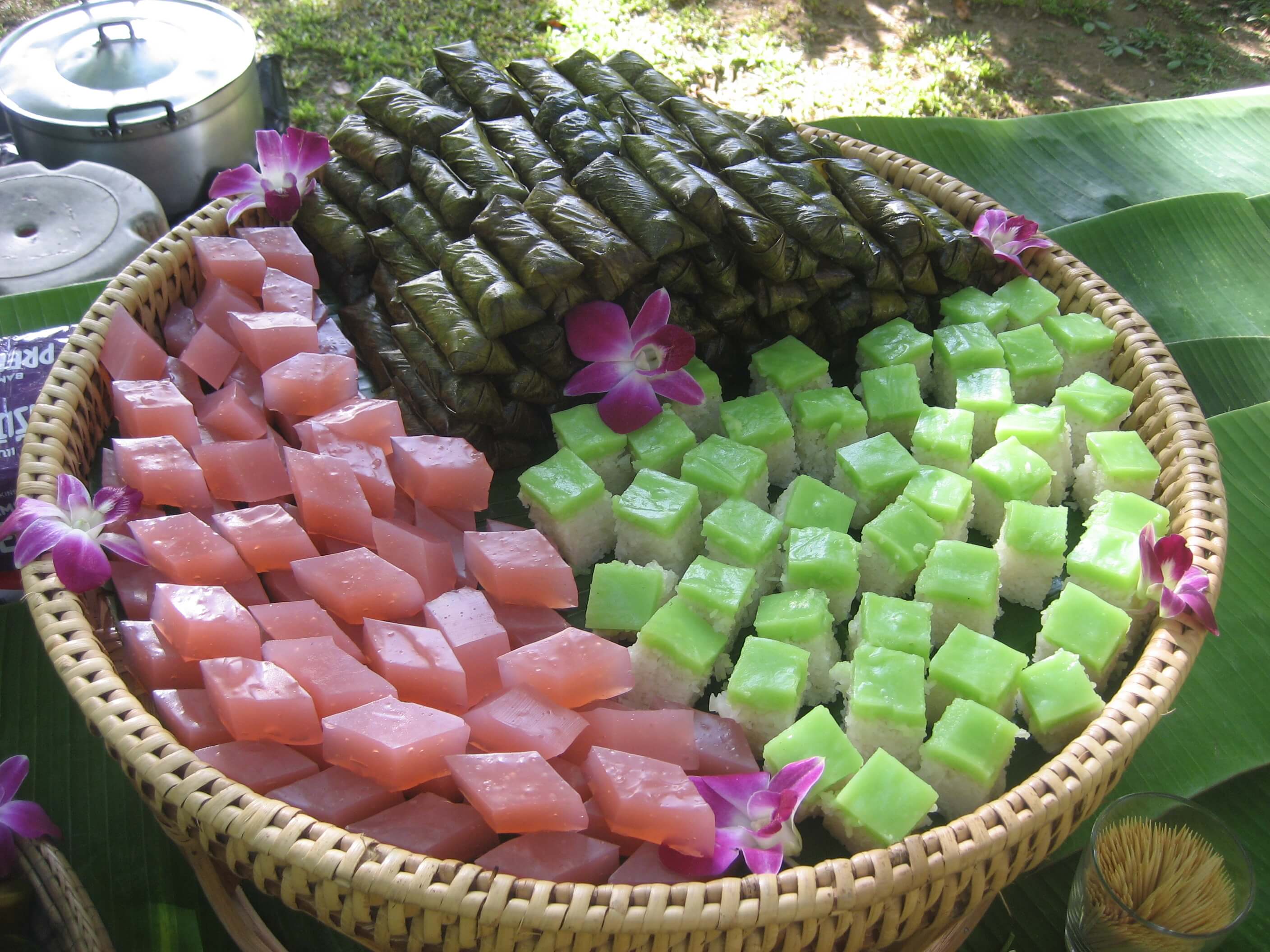
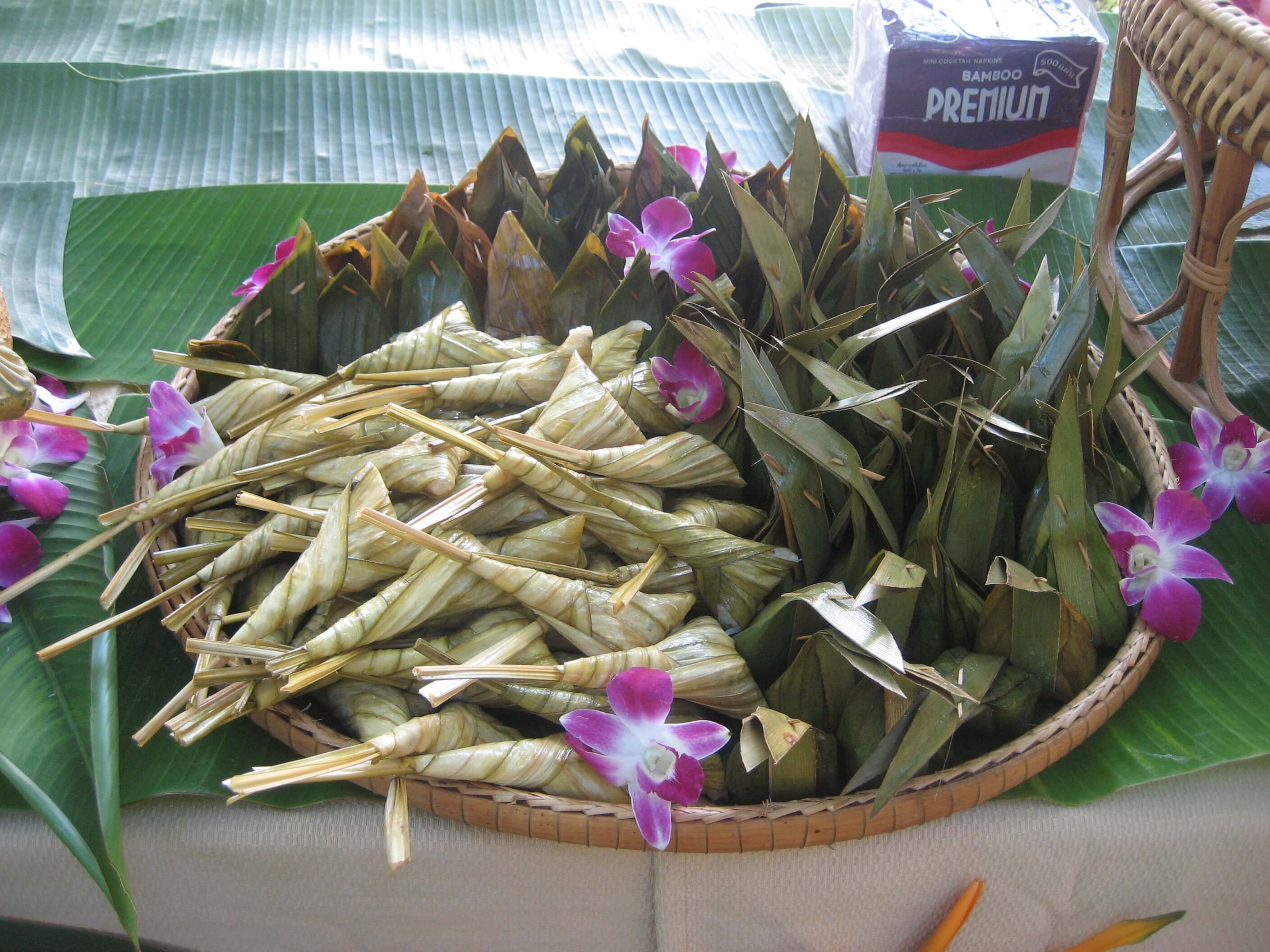

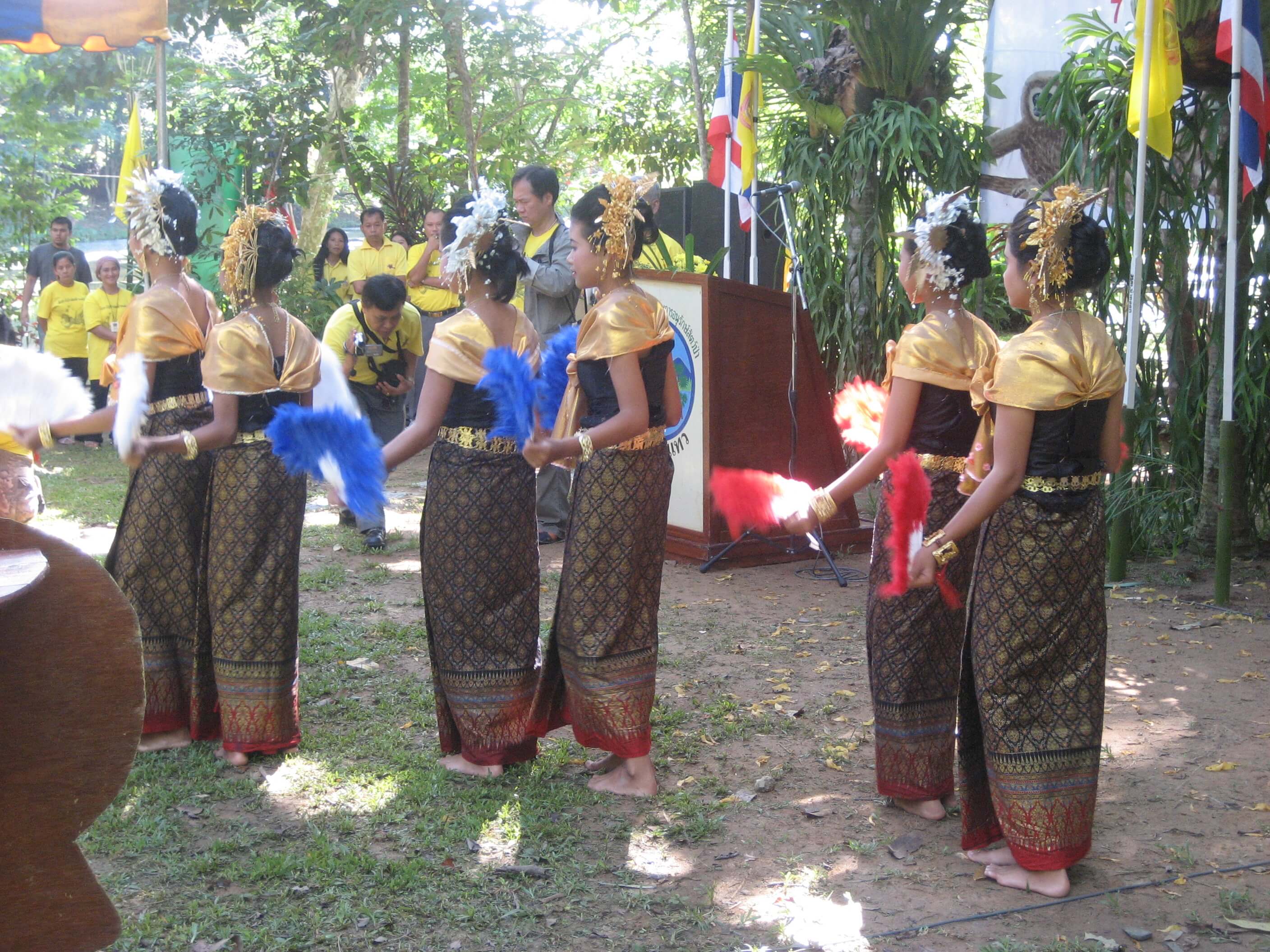
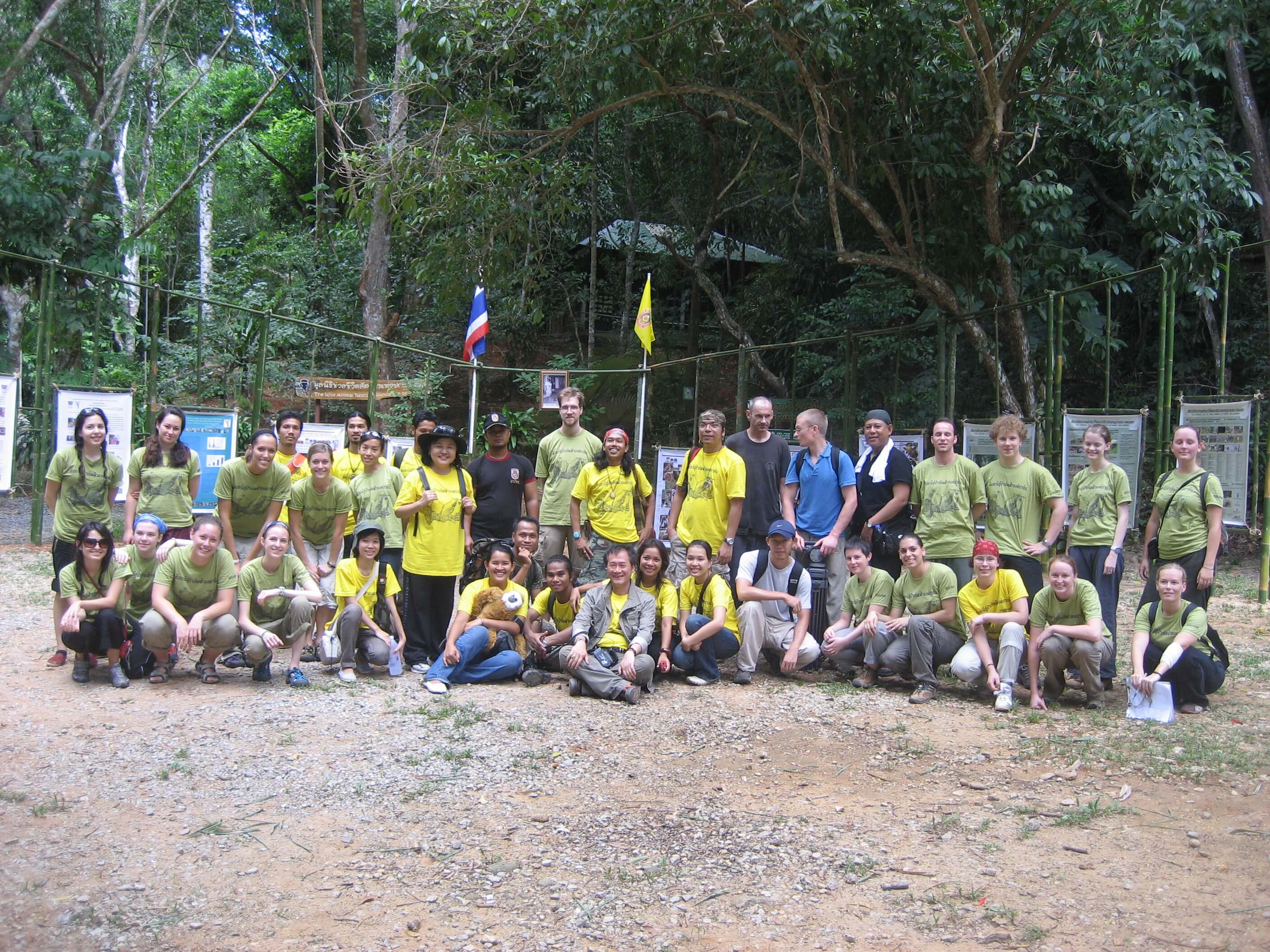
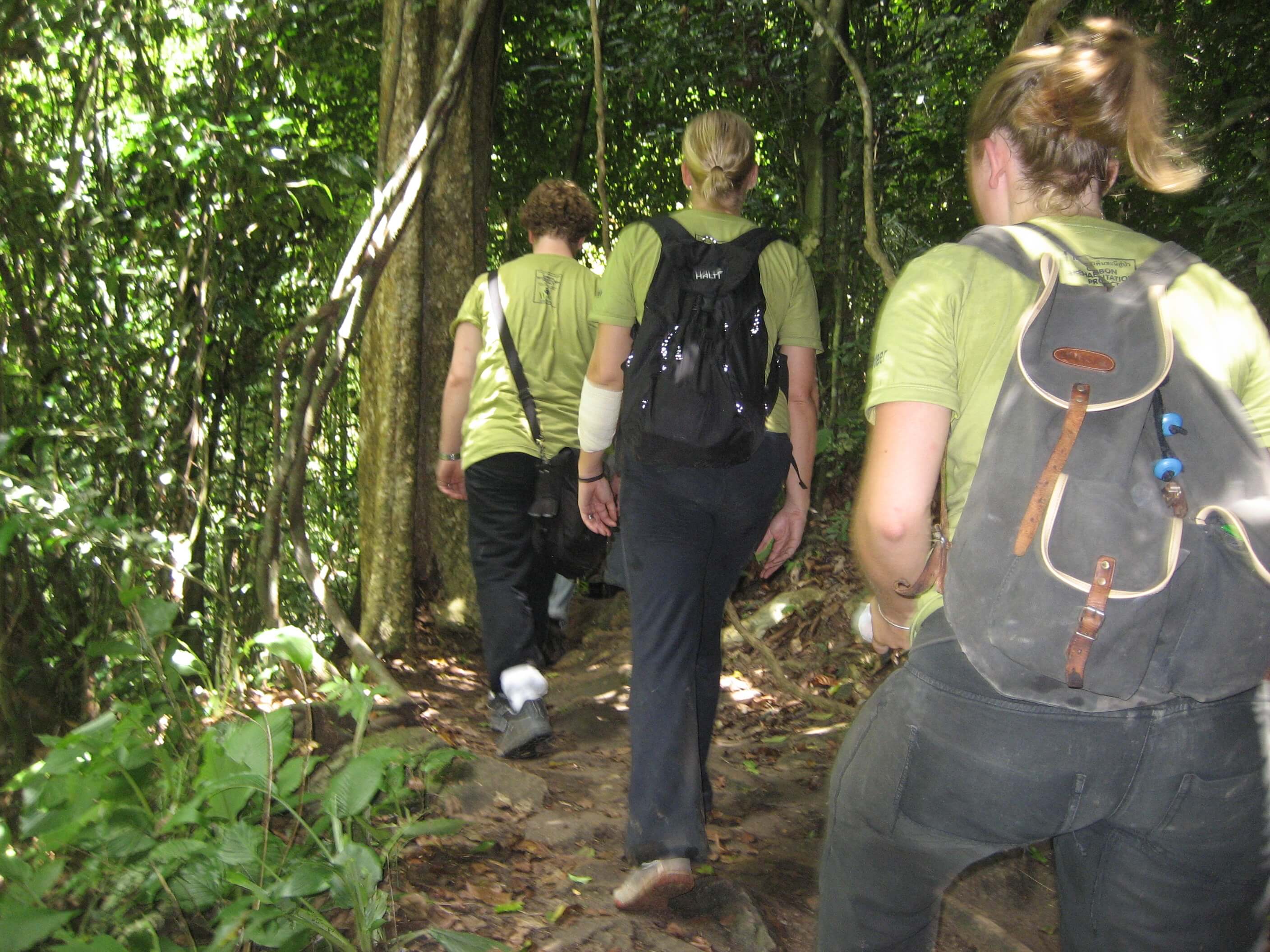
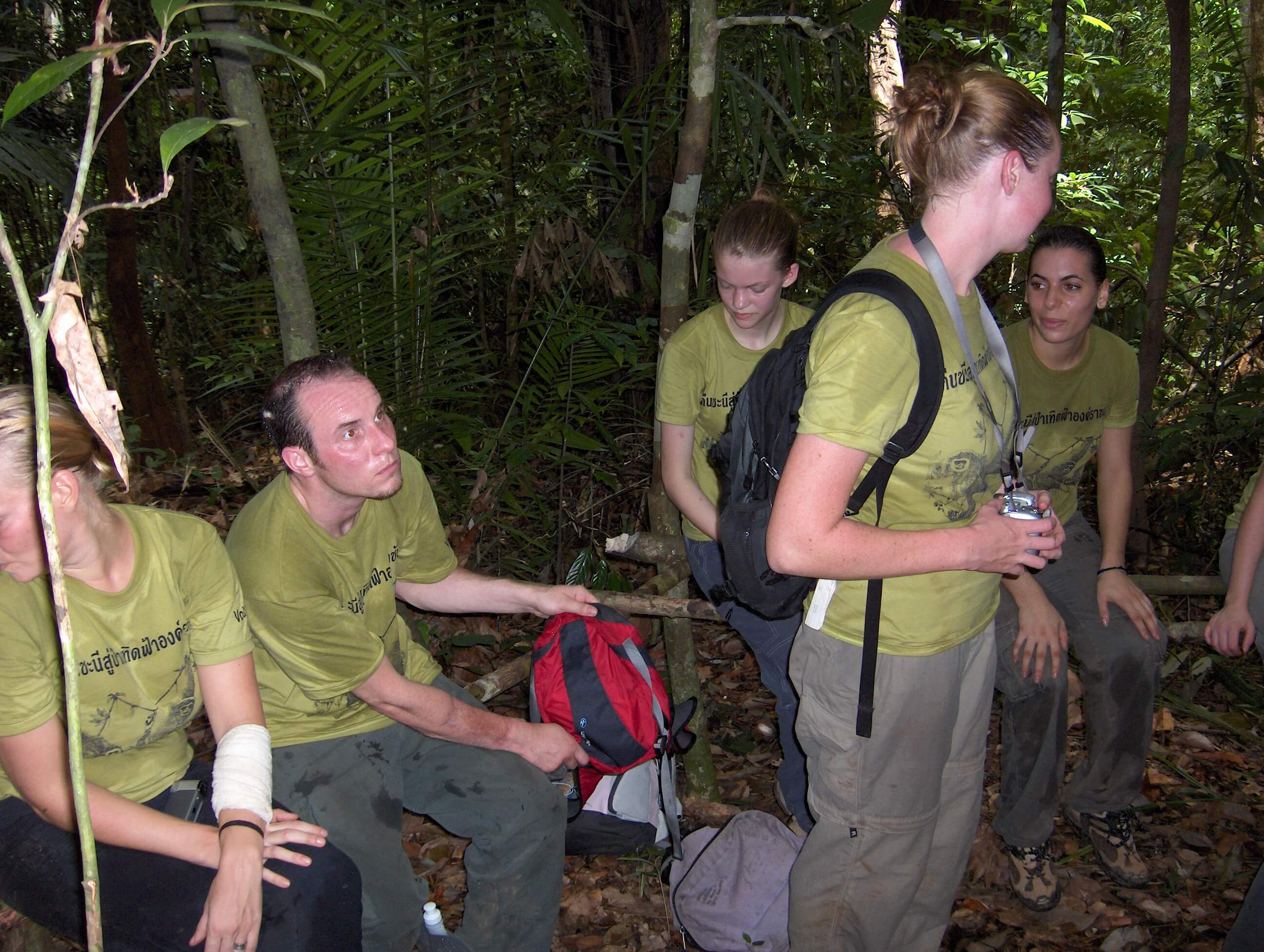
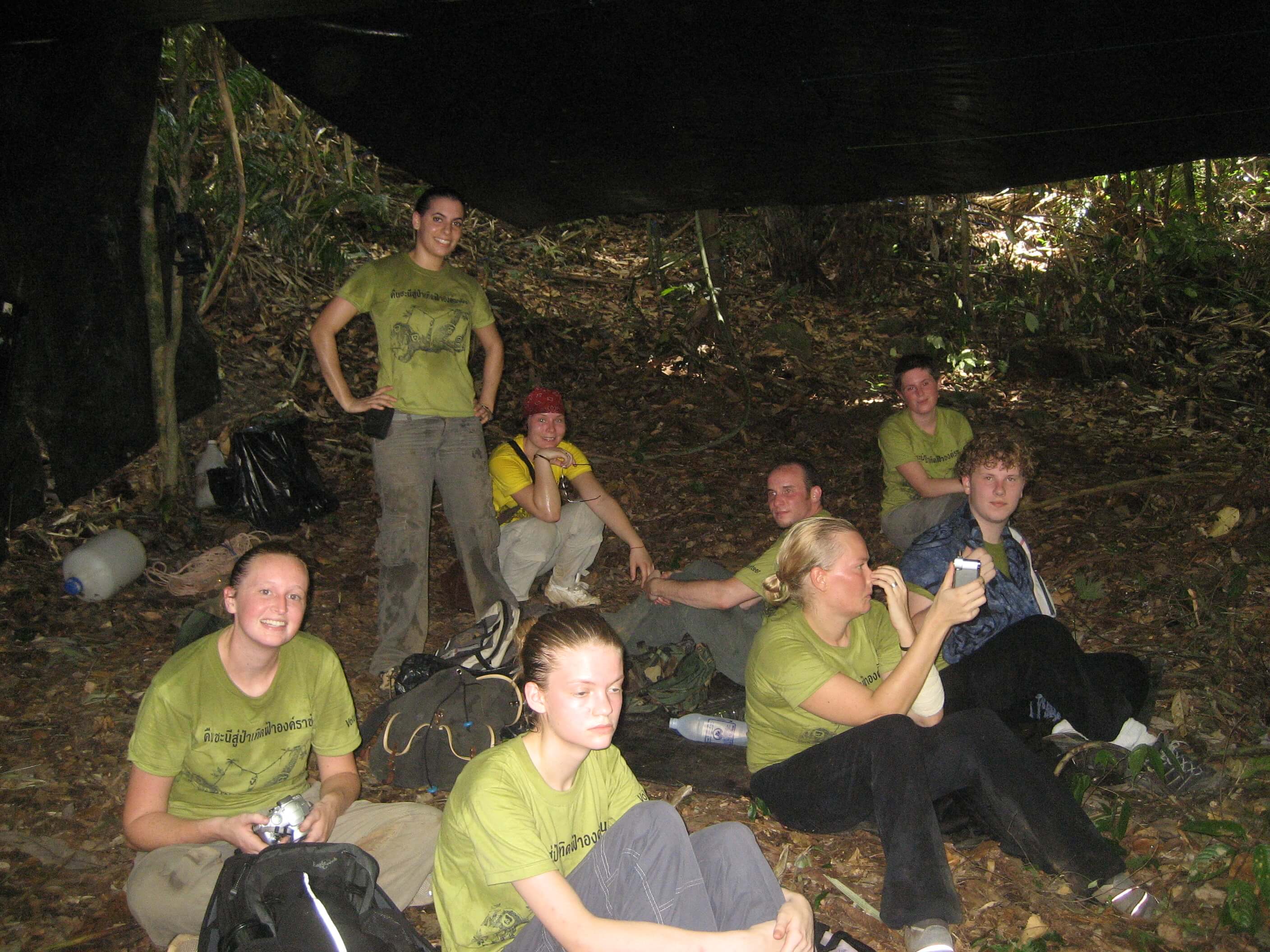
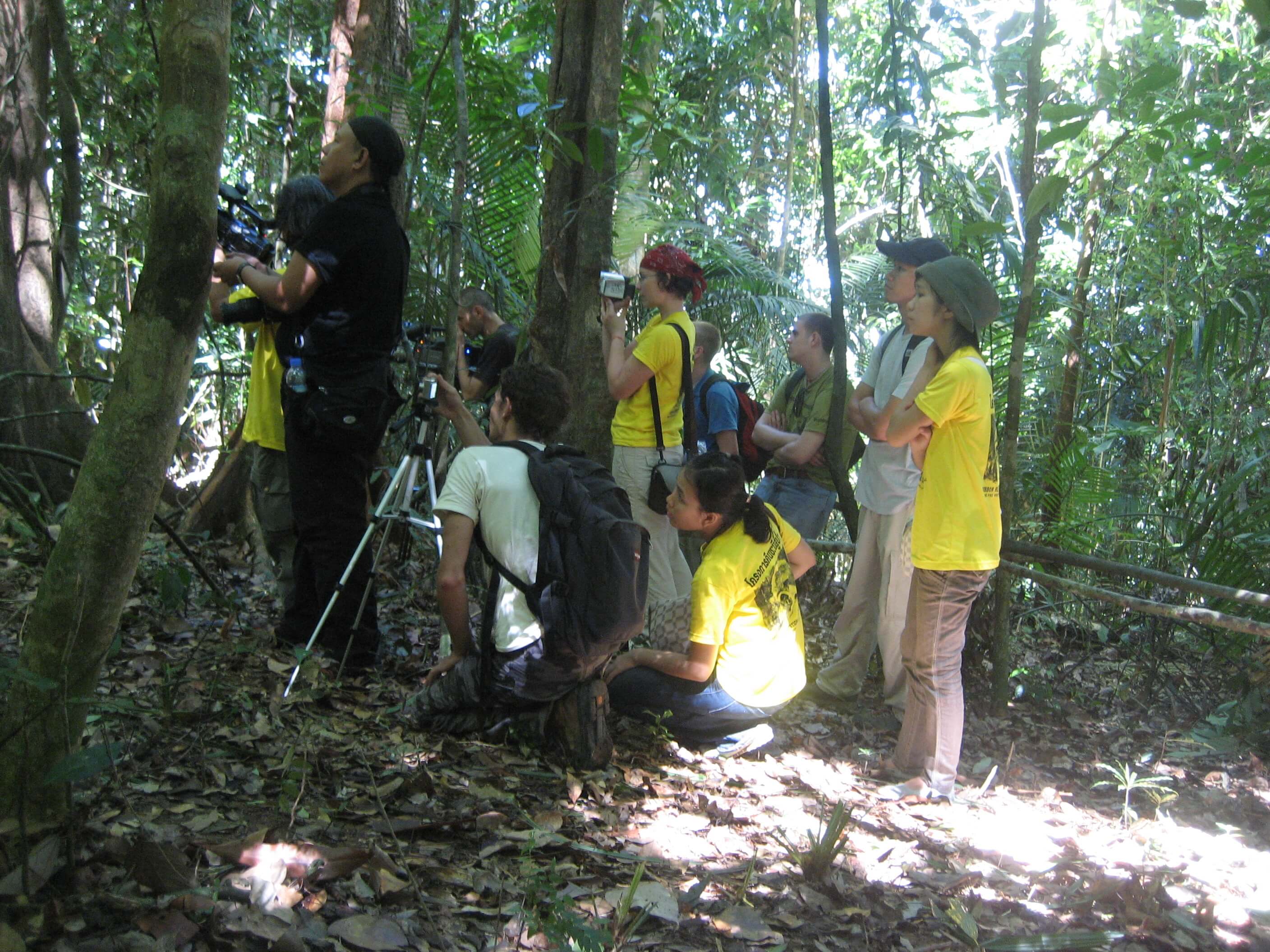
Wow amazing blog.
There so much insight to a world that I didn’t know existed.
How many baby gibbons does a family usually have during their life span?
How do you recognize a gibbon from a previous release? Are they tagged somehow?
Are there new gibbons in the area that are not from the release program?
Very cool that you got the responsibility to show the governor around and answer his questions.
Which tooth?
Wow super very impressive on having an article in a book. Seems that you are impacting lives with your actions and your words in the present and the future.
Thank you for your support and kind words! I’m glad I have been able to enlighten you into a new world.
How many offspring a gibbon is likely to have is hard to say. Gibbons are usually sexually mature around the age of 9yrs old and will have one offspring every 3-5 years. Gestation lasts 7 months and weaning occurs around 1.5-2years of age.
The staff are able to recognise the already released gibbons, they are not tagged in anyway. The staff know the territory these gibbons occupy, their colour and size/age. The only gibbons in the national park are from the project.
I had an issue with my wisdom teeth, but I still have them all thankfully!
Let’s hope I can keep you as interested with my next posts 🙂